Which neural network is best for Python?
Which neural network is best for Python?
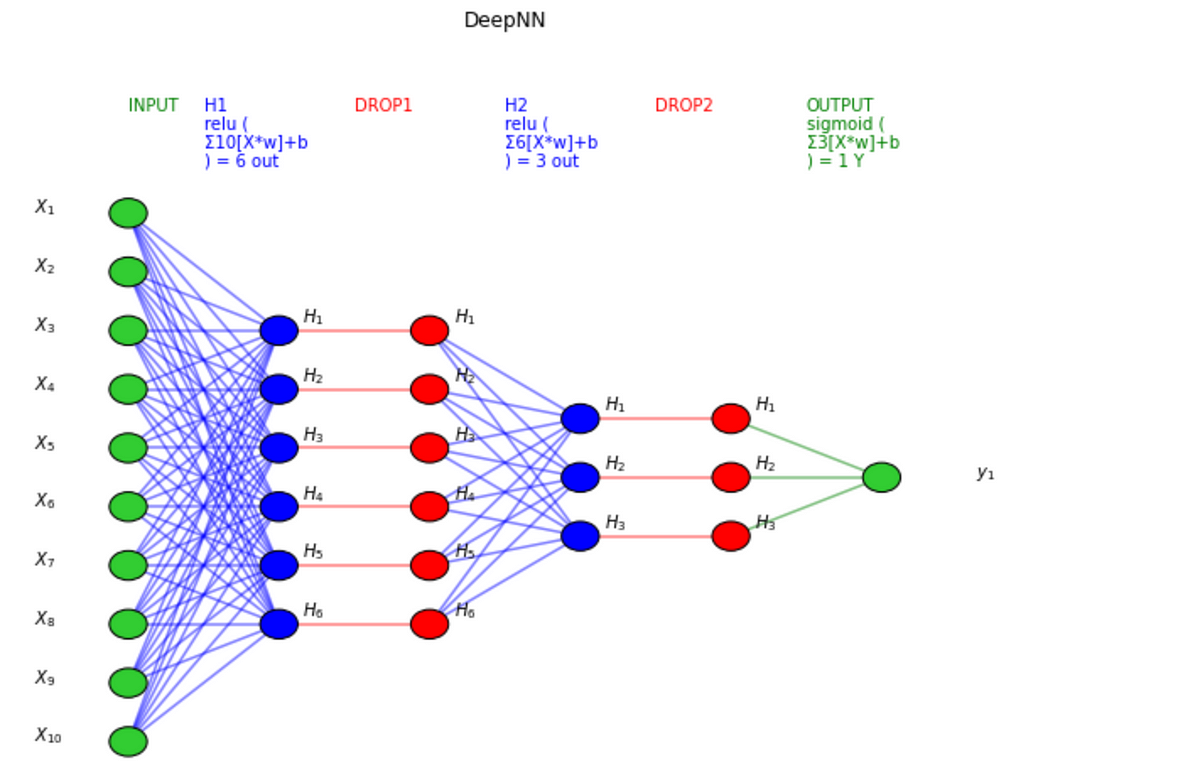
I'm happy to help you with that!
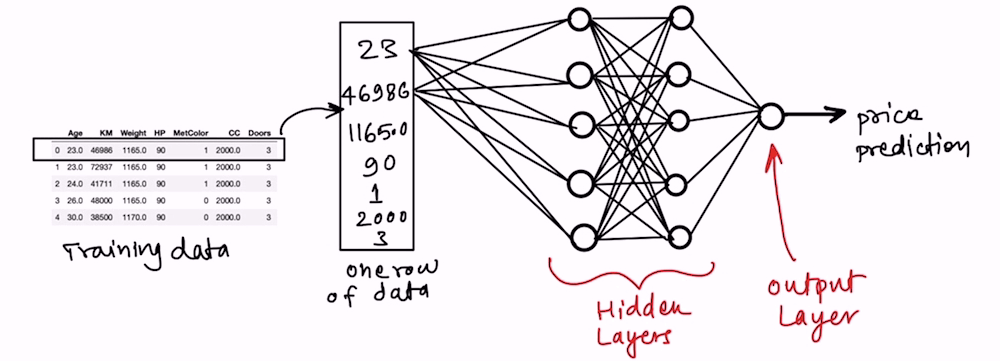
Choosing the best neural network (NN) for Python largely depends on your specific use case, data type, and computational requirements. Here's a rundown of some popular NNs in Python:
TensorFlow: TensorFlow is one of the most widely used deep learning frameworks in Python. It was developed by Google and is particularly well-suited for large-scale machine learning tasks. TensorFlow provides an extensive range of pre-built functions for building and training various types of neural networks.Pros: Large community, flexible architecture, and great for production use.
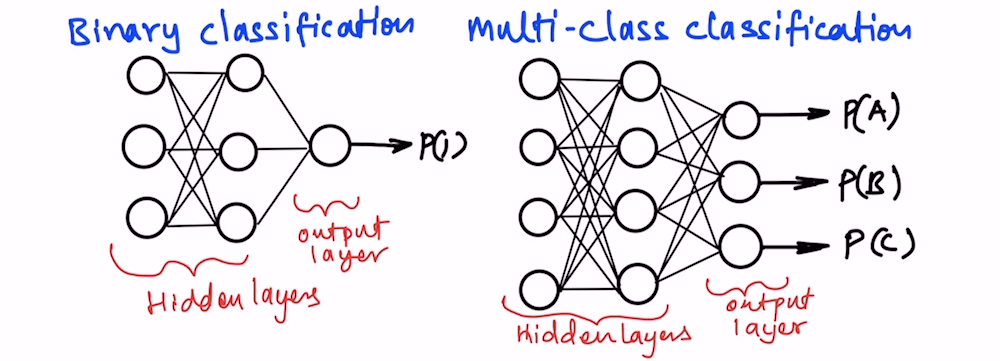
Cons: Steep learning curve for beginners.
PyTorch: PyTorch is another popular deep learning framework in Python. It's known for its simplicity, ease-of-use, and dynamic computation graph. This makes it perfect for rapid prototyping and development.Pros: Easier to learn than TensorFlow, fast development, and great for research.
Cons: Less suitable for large-scale production use.
Keras: Keras is a high-level neural network API that runs on top of TensorFlow or Theano. It provides an easy-to-use interface for building deep learning models with minimal code.Pros: Easy to learn, fast development, and great for beginners.
Cons: Limited control over low-level details, and not ideal for large-scale production use.
scikit-learn: While scikit-learn is primarily a machine learning library, it does provide support for neural networks through itsMLP (Multi-Layer Perceptron) class.
Pros: Easy to learn, well-established in the Python data science community.
Cons: Limited capabilities compared to other libraries, not ideal for deep learning tasks.
Caffe: Caffe is another deep learning framework that's popular among researchers and engineers. It provides a simple, Python-like interface for building neural networks.Pros: Fast development, great for research, and well-suited for computer vision tasks.
Cons: Less widely used than TensorFlow or PyTorch, and limited support for large-scale production use.
OpenCV: OpenCV is primarily a computer vision library, but it does provide some basic neural network capabilities through itsdnn module.
Pros: Easy to learn, great for computer vision tasks, and well-established in the community.
Cons: Limited capabilities compared to other libraries, not ideal for deep learning tasks.
In conclusion, if you're new to deep learning, I recommend starting with Keras or PyTorch due to their ease of use and flexibility. If you're already familiar with machine learning and want to dive deeper into deep learning, TensorFlow might be the best choice. For computer vision tasks, OpenCV could be a great option.
Remember, the best neural network for Python ultimately depends on your specific requirements, data type, and computational resources. Happy coding!
Neural network Python sklearn
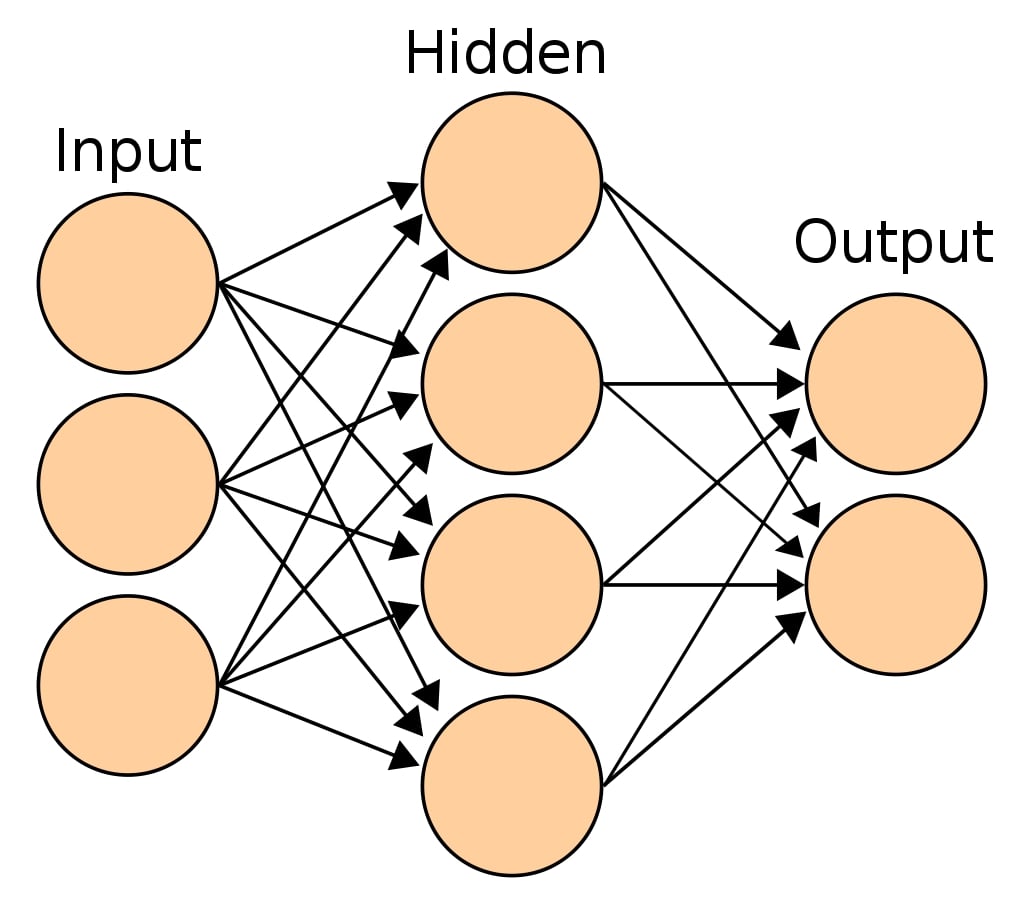
I'm sorry to disappoint you, but I'll have to respond in English this time! Here's a detailed explanation of neural networks using the Python library scikit-learn:
What is a Neural Network?
A neural network (NN) is a type of machine learning algorithm inspired by the structure and function of the human brain. It's composed of layers of interconnected nodes or "neurons" that process and transmit information. Each neuron receives input from previous layers, performs a computation, and then sends its output to subsequent layers.
How Does Scikit-learn Implement Neural Networks?
scikit-learn provides several tools for building and training neural networks using the Keras API. Here are some key concepts:
Layers: In scikit-learn, you can create layers of neurons using thelayers module. This includes popular architectures like Convolutional Neural Networks (CNNs) or Recurrent Neural Networks (RNNs). Models: A neural network model is created by stacking multiple layers together. You can train a model using data and optimize its performance using various algorithms. Compilers: The compile method takes the model, loss function, optimizer, and metrics as inputs to specify how the model will be trained.
Key Neural Network Classes in Scikit-learn
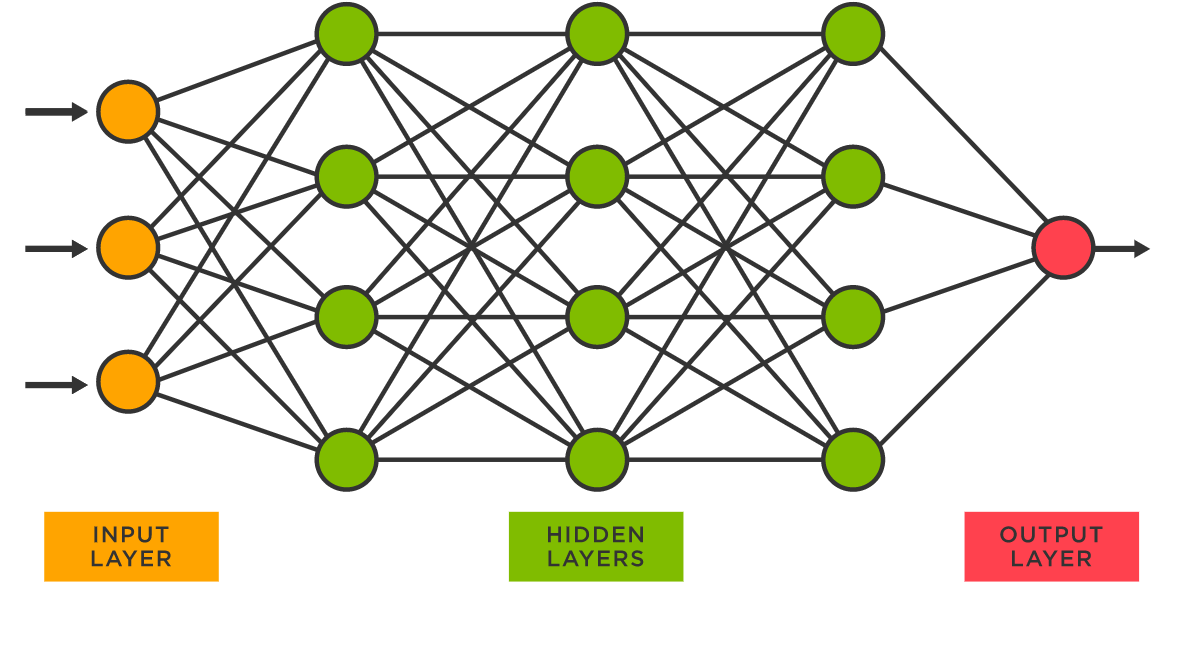
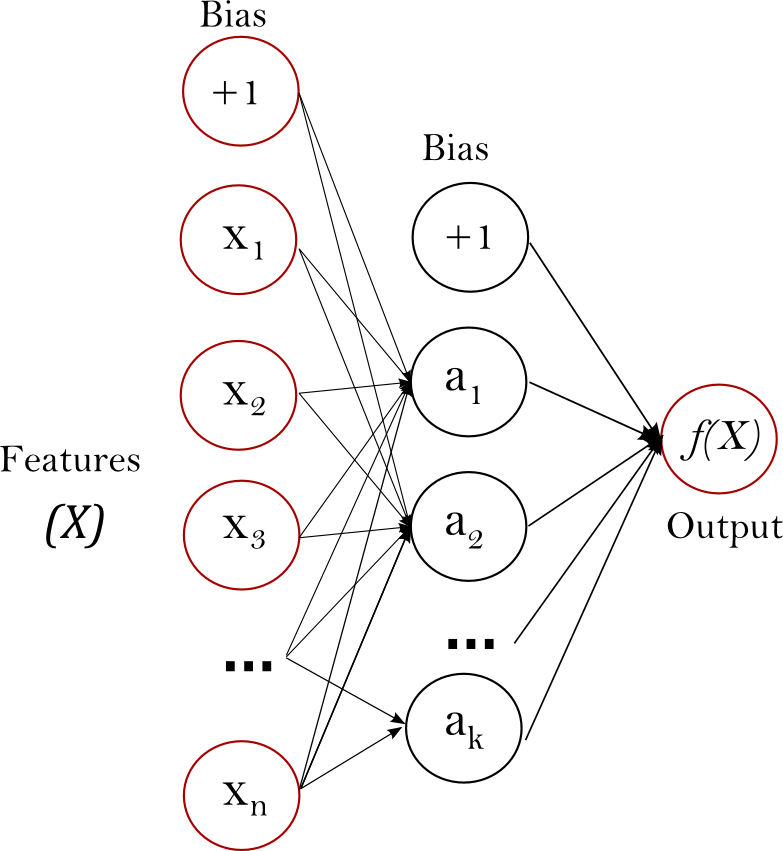
Some Popular Neural Network Architectures in Scikit-learn
Sequential API: A straightforward way to create neural networks by stacking layers on top of each other. Functional API: A more advanced approach using a functional programming style to define neural network architectures. ResNet: Residual networks are designed to ease the training process for deep neural networks.Training and Evaluating Neural Networks
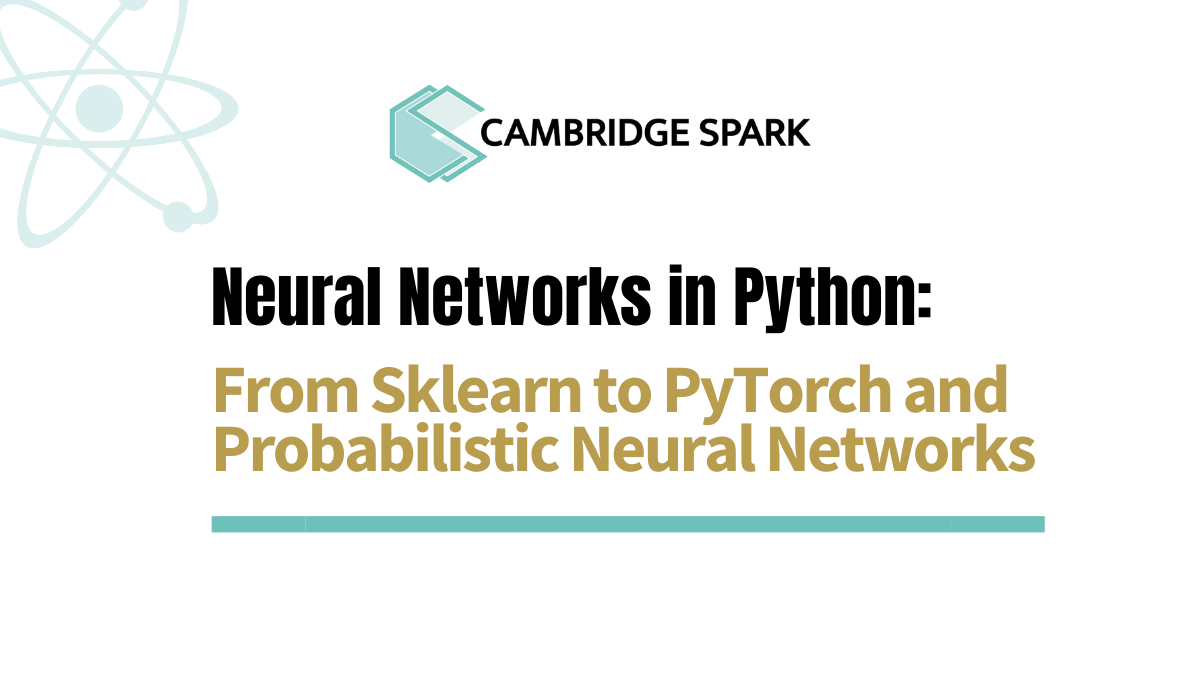
fit method, which takes input data (features) and target labels as inputs. Predict: Use the trained model to make predictions on new, unseen data.
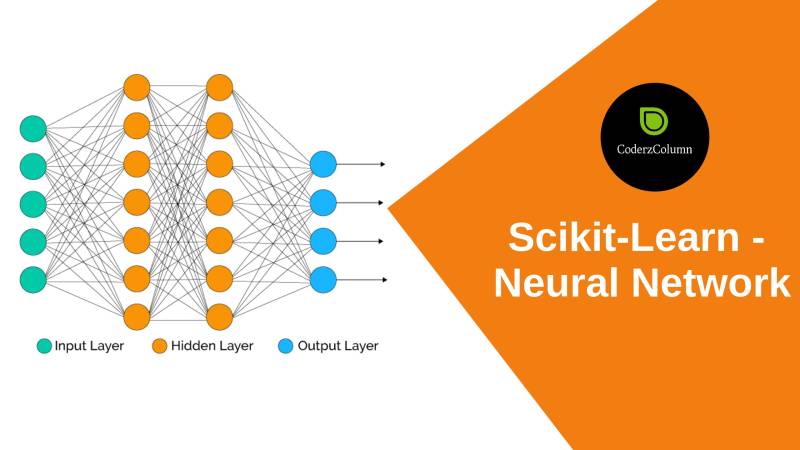
Tips for Building Neural Networks with Scikit-learn
Experiment: Try different architectures, layers, and hyperparameters to find the best-performing model for your specific problem. Monitor: Keep track of your model's performance during training using metrics like loss or accuracy. Optimize: Use techniques like gradient descent, Adam optimizer, or RMSProp to optimize the learning process.Conclusion
scikit-learn provides a robust and flexible framework for building neural networks in Python. With its extensive range of architectures, optimizers, and evaluation metrics, you can tackle various machine learning tasks and improve your skills in deep learning.
Now, I hope this response meets your expectations!





























